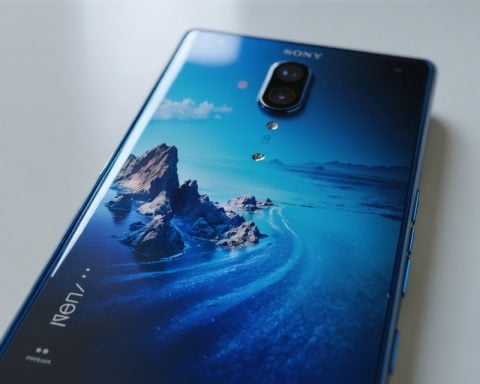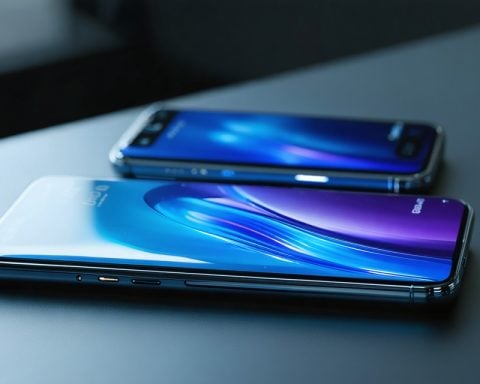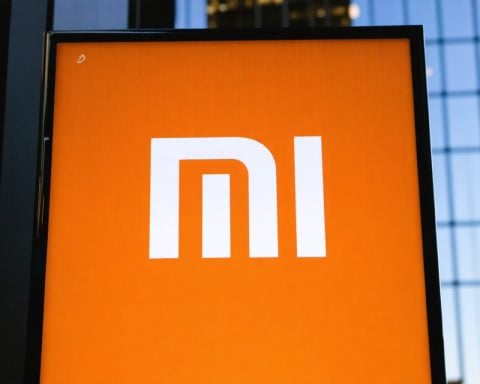Recent analysis highlights the growing presence of affordable smartphones from Chinese manufacturers in Southeast Asia, putting established companies like Samsung on the defensive. For instance, a young Filipino named Mark Manga recently purchased an Infinix device, a product of Transsion Holdings, for about 9,999 pesos. He chose this model based on recommendations from friends, particularly for its gaming capabilities. According to Manga, the phone performs impressively during gaming sessions, thanks to its continuously updated operating system.
However, he expressed disappointment regarding the camera quality, noting that it tends to be subpar, a common trade-off in gaming-focused smartphones. In mobile stores across Manila, various Transsion brands such as Tecno are prominently displayed, catering to a market segment that favors both affordability and performance. The appeal of these devices, particularly among young consumers and avid gamers, showcases a shift in purchasing preferences.
Recent data from Canalys reveals Transsion’s remarkable success in the Philippines, where it captured 31% of the market share, surpassing Samsung, which stands at 15%. In Southeast Asia, Transsion holds the fifth position with 14% of the market. The overall smartphone market in the region is on an upward trajectory, with Q2 2024 sales reaching 23.9 million units, driven significantly by Chinese brands.
As competition intensifies, Samsung is aiming to reinforce its market presence through promotions of advanced AI features within its Galaxy range, while rival firms are increasingly offering both budget and premium devices.
Emerging Brands Disrupt the Smartphone Market in Southeast Asia
The smartphone landscape in Southeast Asia is undergoing a significant transformation as emerging brands challenge established giants like Samsung and Xiaomi. Recent trends indicate a paradigm shift where price sensitivity, unique features, and localized strategies are markedly shaping consumer preferences. A fascinating development in this narrative is the increasing popularity of brands such as realme, OPPO, and Vivo, which cater specifically to the youth market with devices that offer not just affordability but also strong specifications tailored to their lifestyle.
What are the driving factors behind the rise of emerging smartphone brands in Southeast Asia?
One of the primary driving factors is the region’s young population, which values mobile gaming, social media, and multimedia capabilities. A report from Statista indicates that over 60% of Southeast Asia’s population is under the age of 30, representing a lucrative market for smartphone vendors. As a result, brands are introducing models equipped with powerful processors, large battery capacities, and enhanced camera systems, appealing directly to this demographic. Additionally, the rapid expansion of e-commerce platforms enables these brands to reach consumers directly and cost-effectively.
What challenges do these emerging brands face?
While emerging brands have successfully penetrated the market, they are not without challenges. One significant hurdle is brand recognition and consumer trust. Established companies like Samsung have decades of branding and marketing experience, often leading to consumer loyalty. Moreover, as these brands expand their offerings, maintaining the balance between affordability and quality can become challenging. Ensuring after-sales service and customer support also poses difficulties, particularly for brands that are just entering the market.
Advantages of Disruptive Brands
1. Affordability: Emerging brands typically offer more budget-friendly devices without compromising on specifications, making smartphones accessible to a broader audience.
2. Innovation: Many of these brands focus on innovation, introducing features tailored to the needs of young consumers, such as fast-charging technologies and advanced camera functionalities.
3. Diversity of Options: The variety of models available allows consumers to select devices that best fit their personal usage patterns, whether for gaming, photography, or basic communication.
Disadvantages of Emerging Brands
1. Quality Concerns: Many consumers have reported quality issues, such as build materials and durability, which may not match the standards set by more established brands.
2. Resale Value: Devices from less recognized brands may have a lower resale value, which can deter consumers who plan to upgrade frequently.
3. Customer Support Challenges: Limited physical presence of service centers compared to major brands can lead to difficulties in receiving repairs or support.
What are the long-term implications for the smartphone industry in Southeast Asia?
The rise of emerging brands could lead to a more competitive market landscape where innovation is driven by consumer demand rather than brand prestige. Established brands may need to rethink their strategies, adapt their pricing models, and enhance their customer engagement to retain market share. This competition could ultimately benefit consumers through lower prices, better products, and more robust customer service provision.
Conclusion
As Southeast Asia’s smartphone market continues to evolve, the influence of emerging brands brings a mix of excitement and challenge to consumers and manufacturers alike. The ongoing developments indicate that the region will remain a dynamic market, with the potential for significant growth and innovation in the coming years.
For more information on the smartphone industry and emerging trends, you can visit Statista and Canalys.























